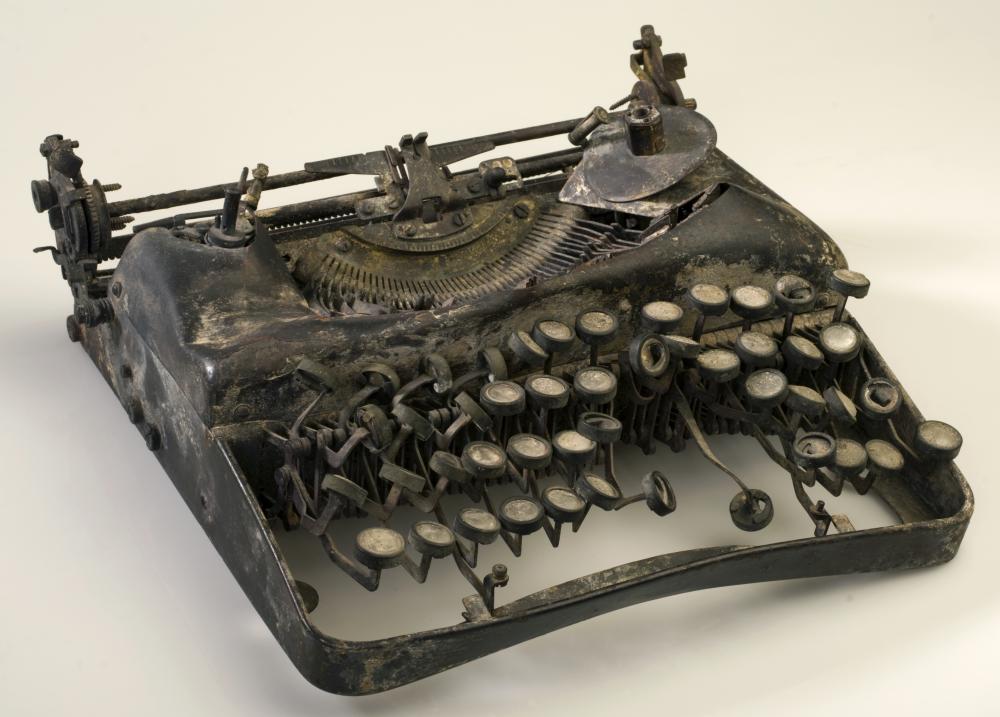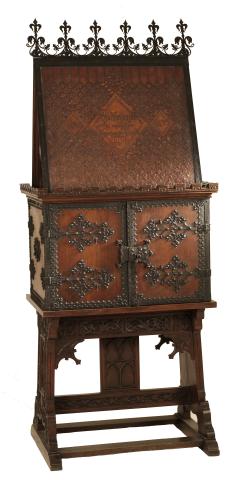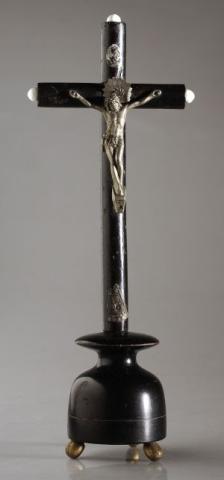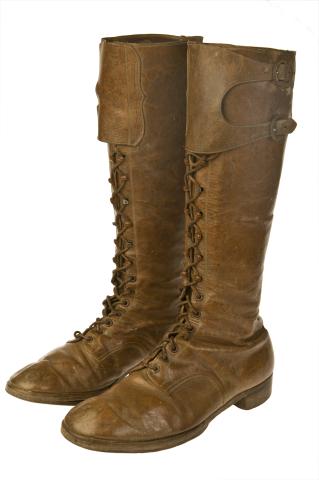That collection was on display in Petőfi House – regarded as the predecessor of the PLM – which opened thanks to public donations in 1909. Árpád Feszty, Mór Jókai’s son-in-law had the villa on Bajza Street built and for years Jókai himself lived there in his first-floor apartment. After his death his prominent collection was acquired by Petőfi House and then the Petőfi Literary Museum. Since then the collection has greatly increased and at present the museum has a unique collection of writers’ relics.
From a Nail Brush to a Laurel Wreath was the title of a 1990 exhibition of relics and, indeed, the objects held in the museum’s collection are varied. They include László Nagy’s nail brush, Attila József ’s pocket watch and wallet, Ervin Lázár’s pocket knife, Vörösmarty’s chess set, Zsigmond Móricz’s laced boots, Géza Ottlik’s armchair and Koszotlányi’s bookshelf. Relics that can be, in effect, regarded as classical and which used to belong to writers are considered a considerable collection unit – desks, typewriters, pens, glasses, lamps and chairs. Items of clothes that used to be worn by writers exude a special atmosphere: Imre Sarkadi’s swimming trunks, Áron Tamási’s wintercoat, Ady’s hat, Milán Füst’s bathing suit and silk dressing gown, Géza Páskándi’s jeans and jacket, and Miklós Mészöly’s striped summer T-shirt. Mihály Babits’s typewriter which survived after being damaged in an air raid, Attila József’s white shirt which he wore when he was hit by the train and Jenő Heltai’s worn leather seated wheelchair are among the striking relics. Ervin Lázár’s collection of neckties was donated to the museum by the writer. Lázár asked for and received the ties from his friends or during an evening spent together he simply cut a piece off and then nailed them on a large board and put their owners’ names underneath. The PLM’s collection also includes Mór Jókai’s fossil and mineral collection, and the door of Ferenc Karinthy’s cottage in Leányfalu – the writer used the door as a guest book. For decades he collected the signatures and good wishes of his visitors, friends and guests. Today the signatures are covered by a yellowing layer of polish.
In 2000 the Collection of Art and Relics wrote to contemporary writers asking them to donate objects which they liked and thought characteristic of them, and which they would be able to part with. They were asked to accompany the object with a few sentences indicating why they had chosen that particular item. We wanted to possess exciting relic-objects which also had some extra meaning besides the circle of classical and, by now, standard objects. Thus the collection has acquired entirely banal items, nevertheless made special by their owners. They include a floppy disc, a mask bought in Italy, an ID card, a gaucho hat and a T-shirt.
Relics suggesting the personality and environment of writers not only provide useful information for research into the history of literature, for instance, but are also vital items of exhibitions.
Writers’ relics are sometimes also significant works of art. In that case they are recorded in the Art Collection – for example, two paintings, Signal Box and Street Scene, by József Nemes Lampérth that used to hang in Margit Kaffka’s apartment, and paintings by Márffy and Tihanyi from Ady’s bequest.
Contact: E-mail: muvtarikutato@pim.hu, Telephone: + 36 1 317 3611 / 231




